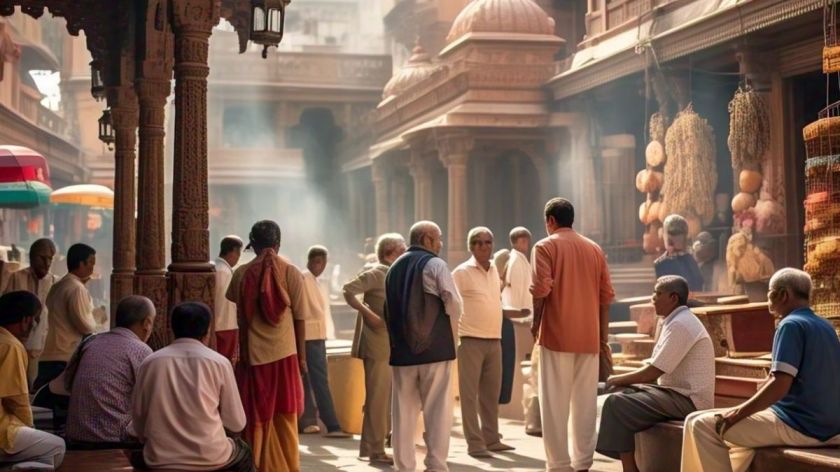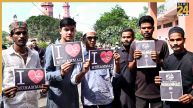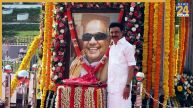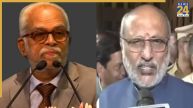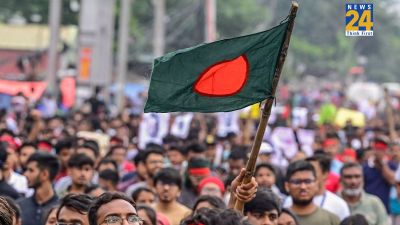In India, politics inextricably links with caste. The caste system in India is becoming increasingly entrenched and its influence on politics is growing stronger, despite initial hopes that its significance would diminish over time. The makers of the Indian Constitution wouldn’t have been imagined this development, as they crafted the Constitution with the intention of promoting equality and inclusivity for all religions and castes. However, in 1995, an influential Indian politician, highlighted that Indians don’t truly vote, but instead, cast their ballots based on their caste affiliations.
Caste’s influence on Indian politics has been steadily growing since the 1960s and 1970s, with the 1990s marking a significant turning point, particularly with the emergence of Dalit politics as a powerful force in the country.
Notably, anthropologist M.N. Srinivas talked about the growing influence of caste in the 19th century in January 1957, stating that caste was never so powerful before the British era. He felt that Indian politics had degenerated into a mere caste-based rivalry.
However, the introduction of the constitutional safeguards for backward groups have inadvertently reinforced the caste system. Caste has become a potent force, exerting significant influence over various issues of life. In everyday life, whether in rural villages, towns, or workplaces, most Indians are primarily identified by their caste affiliation. Although the economic and social transformations that occurred post-independence have had a positive impact on the caste system, its influence remains pervasive.
Times have changed, it’s now common to see people eating and drinking with those from other castes, a practice once strictly forbidden. In cities, inter-caste marriages are also on the rise among professionals. Furthermore, the traditional link between caste and occupation has significantly weakened, reflecting a shift towards greater social flexibility.
Caste In Politics: Positive Impact
The castes which were above the Scheduled Castes but below the Brahmins and Rajputs on the social ladder have now become important. Yadav in UP and Bihar, Jat in Punjab and Haryana, Maratha in Maharashtra, Vokkaliga in Karnataka and Gounder in Tamil Nadu are such castes. These castes are influential in their respective areas, large, well organized and endowed with socio-economic status, who stand like a rock behind their caste leader in elections and work as vote banks.
In Indian law, they have been kept in Other Backward Castes (OBC) category, separate from Scheduled Castes and Tribes. Due to land reforms and Green Revolution, backward castes had gained economic power, but political power came to them only through ballot boxes. The marginalized communities in India have finally found their voice, exercising their right to vote and advocating for their rights. They now have representatives from their own communities in Parliament and Legislative Assemblies, amplifying their concerns. Moreover, influential leaders from these communities are emerging in large numbers.
The empowerment of marginalized castes in India has extended beyond politics to administrative roles, allowing them to contribute their expertise and perspectives at the administrative level. This newfound authority has significantly boosted their confidence, enabling them to express their opinions on various social issues.
Influential Leaders
After the demise of Dr. B.R. Ambedkar in 1956, the most influential leader of these castes was Jagjivan Ram. For decades, Jagjivan Ram had been raising the flag of the oppressed castes and raising his voice in their interest. But after his death in 1986, there was a vacuum in Dalit politics. However, this vacuum was not long-lived because by this time Kanshi Ram’s political activism spanned over a decade, during which he emerged as a prominent leader of these castes. By this time, several leaders from backward castes had established themselves in India’s political landscape, and one notable name among them was Mayawati.
At present, backward castes have got their rightful representative in most parts of India. For a long time, these castes were the vote bank of Congress. Perhaps, the reason for this was Jagjivan Ram who was in Congress for a long time. But after regional parties became powerful, they started claiming their right on the votes of these castes. A significant outcome of this shift was that these marginalized communities started referring to themselves as Dalits, rather than the previously used terms Scheduled Castes or Harijans. The term Dalit, meaning “oppressed” or “broken”.
We can say that due to all these things, the caste system has become deeply entrenched in Indian politics, perpetuating a divide that seems impossible to bridge.
ALSO READ: Union Budget 2025: What Will Nirmala Sitharaman Do To Create More Jobs Amid Burgeoning Unemployment?

